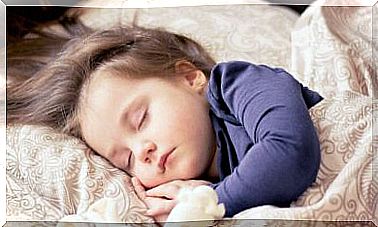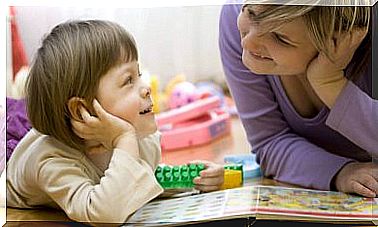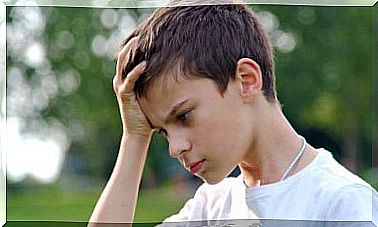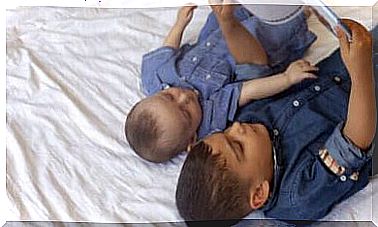Bronfenbrenner’s Ecological Systems Theory Against Bullying
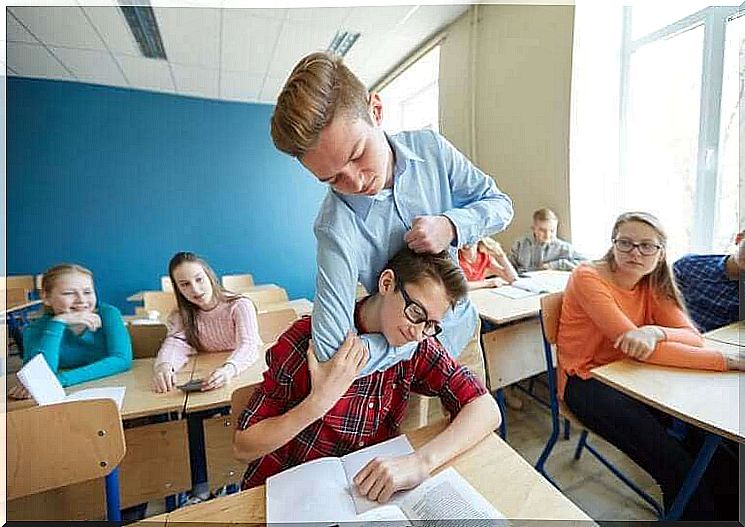
Bullying is not only an educational but also a social problem. Ecological systems theory is a developmental psychological theory by Urie Bronfenbrenner of the United States, which can also be used in the fight against bullying.
In this case, all areas and environments in which the child lives and develops should be included in this approach. This is because each of the different areas can play a role in solving the problem of bullying.
The child has the right to live without being bullied
The United Nations Convention on the Rights of the Child was adopted by the UN General Assembly at the end of 1989 and entered into force internationally the following year. This is one of the rights set out in the Treaty is the protection of the physical and personal integrity of children from all forms of violence and abuse.
One of the areas where children need adult protection is schools, as many students currently suffer from bullying and violence in educational institutions. Bullying is something that should not be tolerated by any means, and adults should do everything they can to eradicate such behavior. Every child has the right to quality education and a safe learning environment.
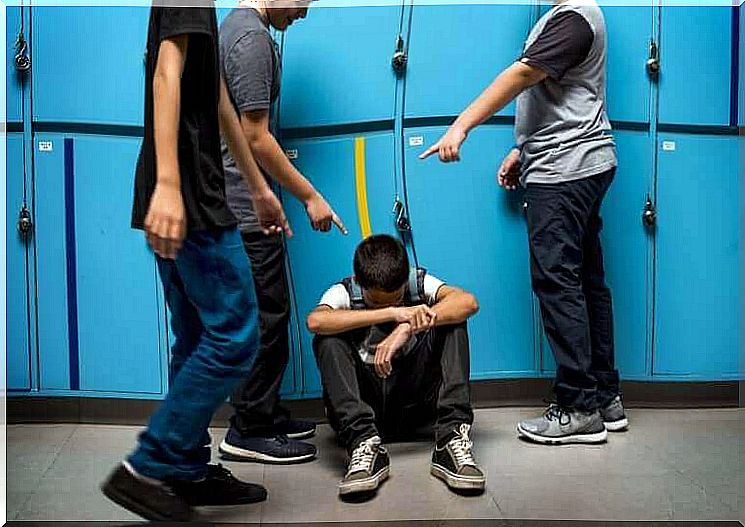
The school system is in a privileged position that it could use to solve the problem of bullying. Schools should provide students and their parents with the information and tools they need to communicate, negotiate, and resolve conflicts in a constructive and positive way.
Bronfenbrenner’s ecological systems theory against bullying
The ecological systems theory developed by Urie Bronfenbrenner is a developmental psychological theory in which an individual’s development is seen to interact with this environment. The theory deals with the development of man into the holistic membership of society, but at the same time it describes the socialization of man into society.
Bronfenbrenner divides the developmental environment into five systems that can be applied in children’s lives:
- Microsystem
- Mesosystem
- Exosystem
- Macrosystem
- Chronosystem
Microsystem
The microsystem refers to the child’s immediate and immediate environment and primarily includes the child’s parents and siblings. However, it also includes the school – classmates, teachers and the classroom – as well as close friends.
Mesosystem
The mesosystem is the relationship formed by the child’s immediate or closest environments. For example, the relationship between school and family is the mesosystem. To this can also be added the link between the two environments and the social and health contexts.
Exosystem
The ecosystem covers those social connections to which the child has a psychological but not a physical relationship. In the case of bullying, both human rights laws and the media, which present bullying as a serious problem, favor the development of children.
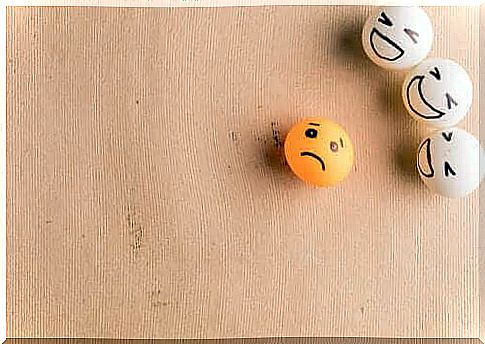
Macrosystem
The macro system refers to the cultural beliefs, political ideologies, and religions with which the child has a relationship
Chronosystem
This is the historical context in which society as a whole is evolving. In this case, it refers to the culture in which the child grows and develops.
